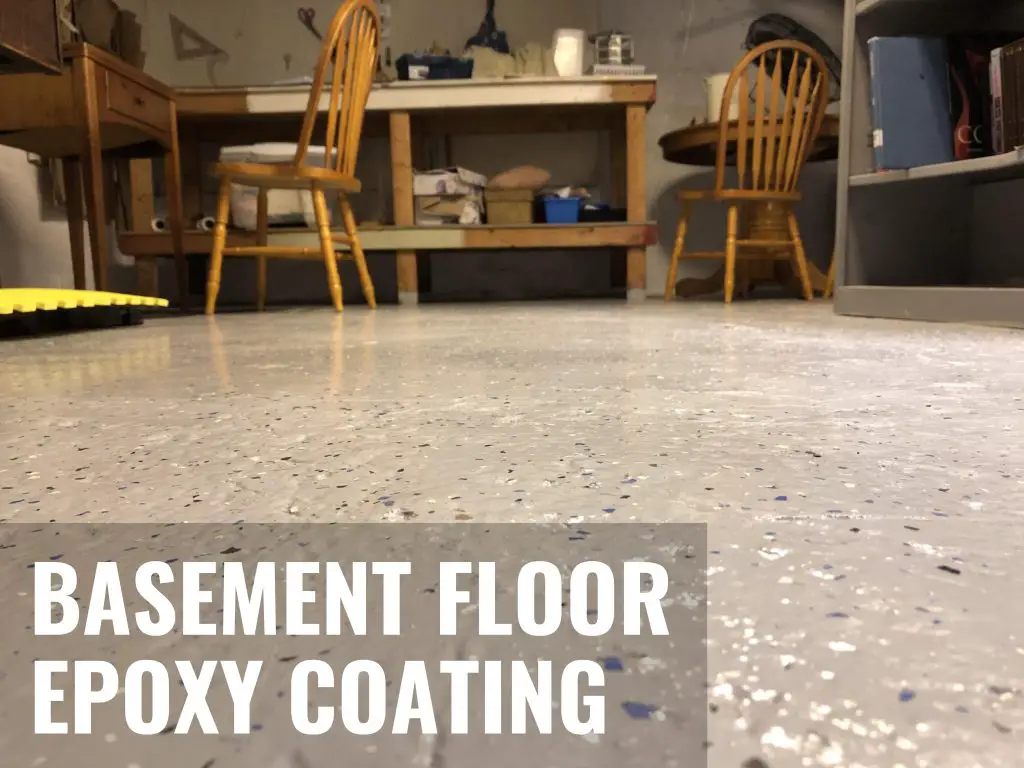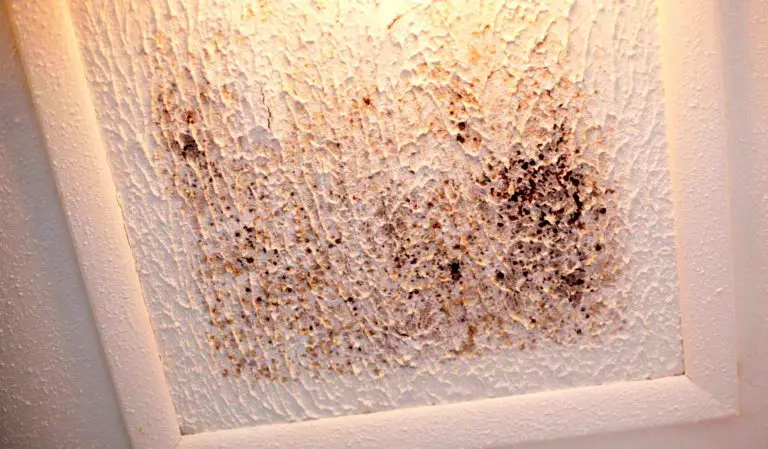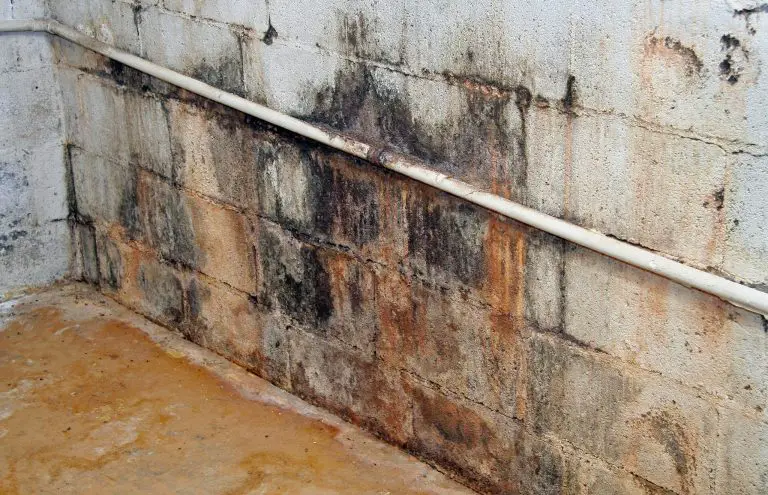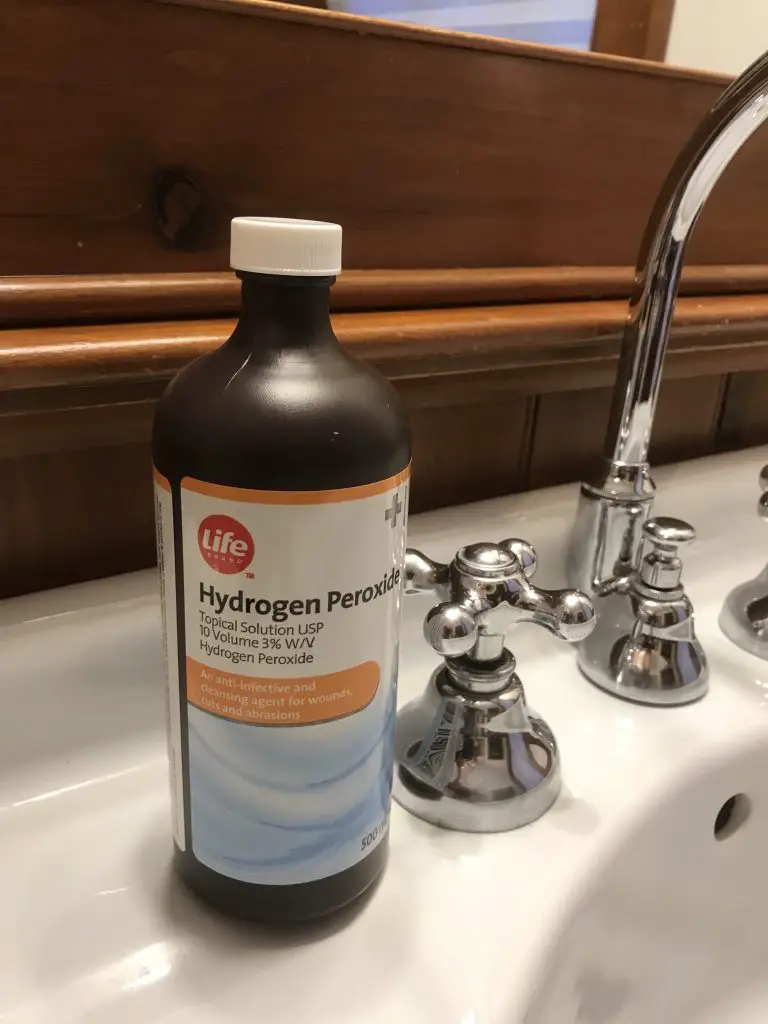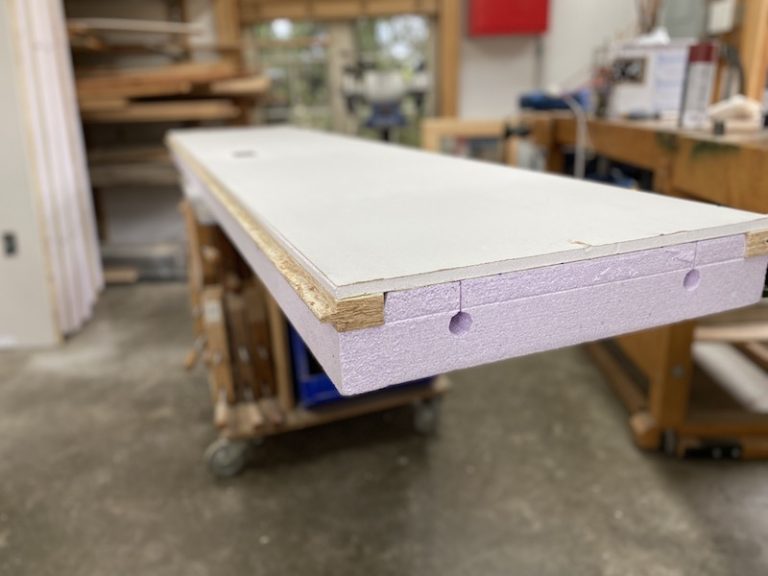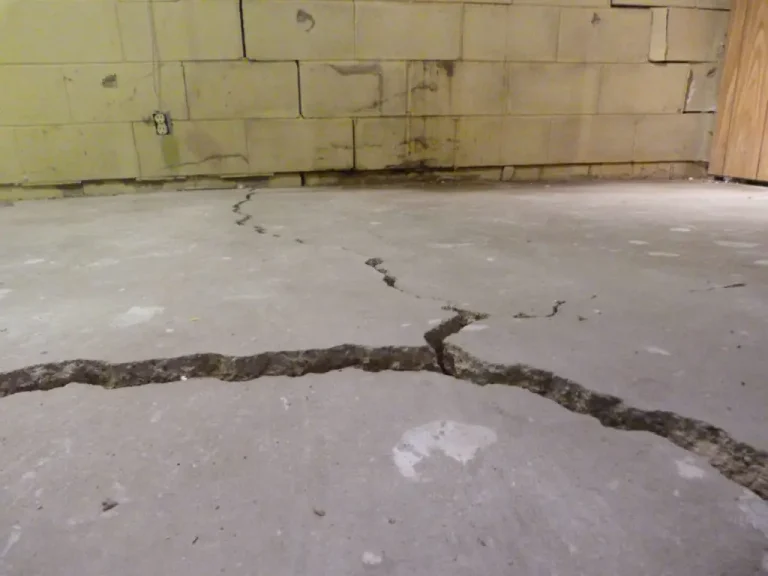Sometimes a good coat of finish can make a world of difference, and concrete basement floors are a case in point. If you’ve got an unfinished basement and you’re looking to create more indoor living space easily and inexpensively, then applying a coat of epoxy paint can help make a surprising difference. There are other inexpensive things you can do without tackling a full-blown refinishing job.
Most basement floors are concrete, and as durable as this material is, concrete is usually pretty ugly when bare. Regular latex paint can make any basement floor look much better for a while, but the problem is that it doesn’t usually last. Latex paint is not made to take the traffic and abrasion you’ll find under foot, but epoxy is. It’s a type of paint made by different manufacturers, but it’s much more than just paint. That’s because of the way it hardens.
How Epoxy Works
Epoxy is one example of how 1 + 1 = 3. True epoxies are all two-part propositions. Left alone and separate, the two parts remain liquid indefinitely. But mix those two parts together thoroughly and it sets in motion a chemical reaction that causes the mixture to harden once and for all. You get more value than the sum of the parts.
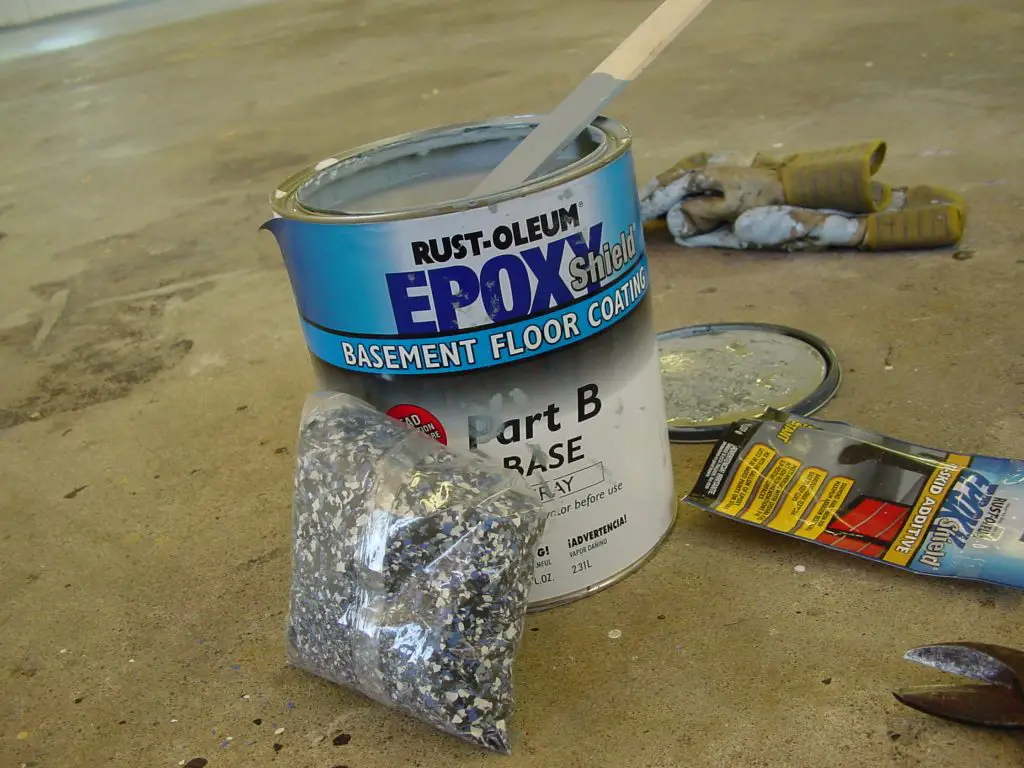
You’re probably familiar with two-part epoxy glue. Epoxy floor paint is similar, just not nearly as thick as glue. Another difference is the ratio of liquids that get mixed together. With 5-minute epoxy glue, it’s usually a 50/50 proposition. Mix equal parts of the two different pastes together, then apply the goo to whatever you need to fix, then wait. When the excess mixed glue has hardened on the piece of cardboard or scrap wood you used to mix on, then it has hardened on your repair, too.
Uneven Mixing Ratios
Components of epoxy floor coatings are different. They’re not mixed 50/50, but rather most of the liquid is the paint, and just a tiny amount of another kind of liquid is the hardener. Mix the two together thoroughly, let it sit in the can for a while to begin the chemical reaction, then roll the stuff on bare, clean, dry concrete. The coating gets hard, not by solvent evaporation, but by a slow chemical reaction that makes the epoxy rock hard in time. But before you allow that to happen, there’s something else you’ll probably want to do.
Flakes Boost Appearance
Better appearance than paint is one of the claims to fame of epoxy floor coating, and this comes down to something called “flakes”. These thin, small, coloured bits of plastic come in a bag with most brands of epoxy floor coating. Flakes don’t look like much in the bag, but sprinkle them around evenly on wet epoxy and they harden in place and add a much nicer appearance. Flakes are especially effective if you have a floor that’s got dents, dings and imperfections. Flakes make the whole area look much more random, but in a “supposed to look that way” kind of way. It really works visually, as you can see below.
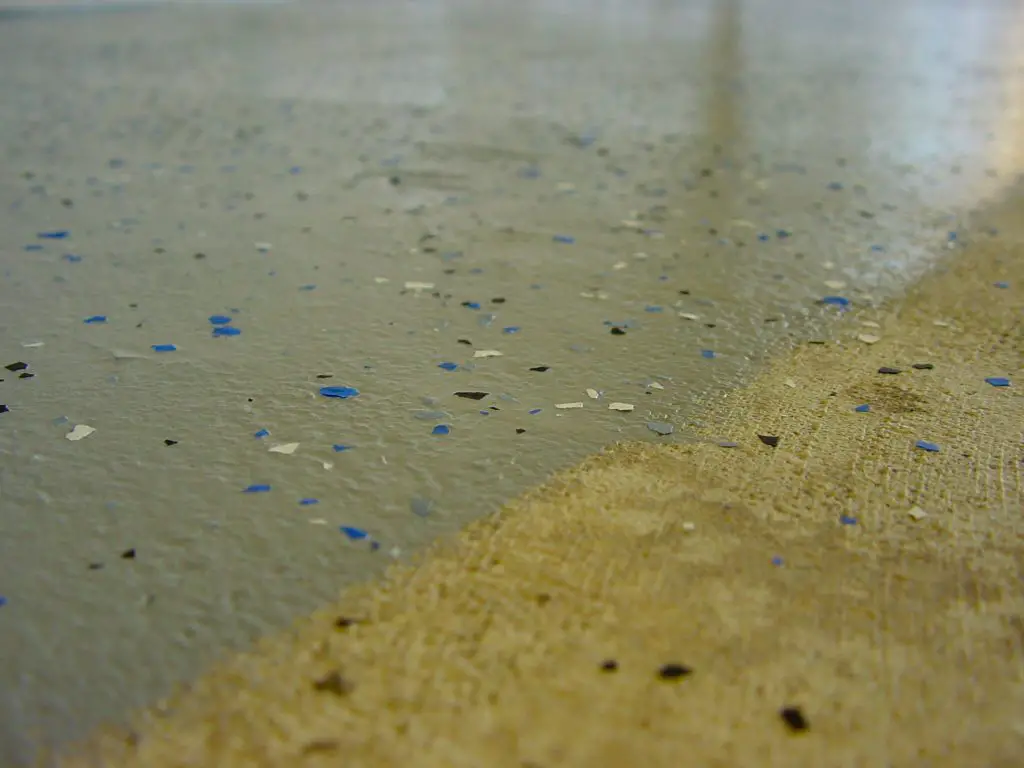
How to Spread Floor Flakes
“Sounds good”, you say, “but how do you sprinkle flakes when the entire floor is wet?” Golf shoes. Since golf shoes have spikes on the bottom, they let you walk on the wet epoxy leaving only tiny marks where the spikes touched the concrete. If you get out there, spread those flakes, then get off the wet area ASAP after rolling on the initial coat, the epoxy will remain liquid enough for long enough that it will flow back and make the marks left by the spikes disappear. Another approach involves rolling epoxy on some of the floor, then sprinkling flakes over that area, then rolling and spreading again.
I can’t vouch for the reliability of all formulations of epoxy floor paint, and in situations where flaking concrete is present on a floor, you will need to do some serious cleaning before application. Some epoxies even come with a special pre-treatment liquid to boost adhesion. I’ve had several experiences with Rust-Oleum epoxy paint and it has worked well and lasted for years. The floor you see in this article is one of them.

